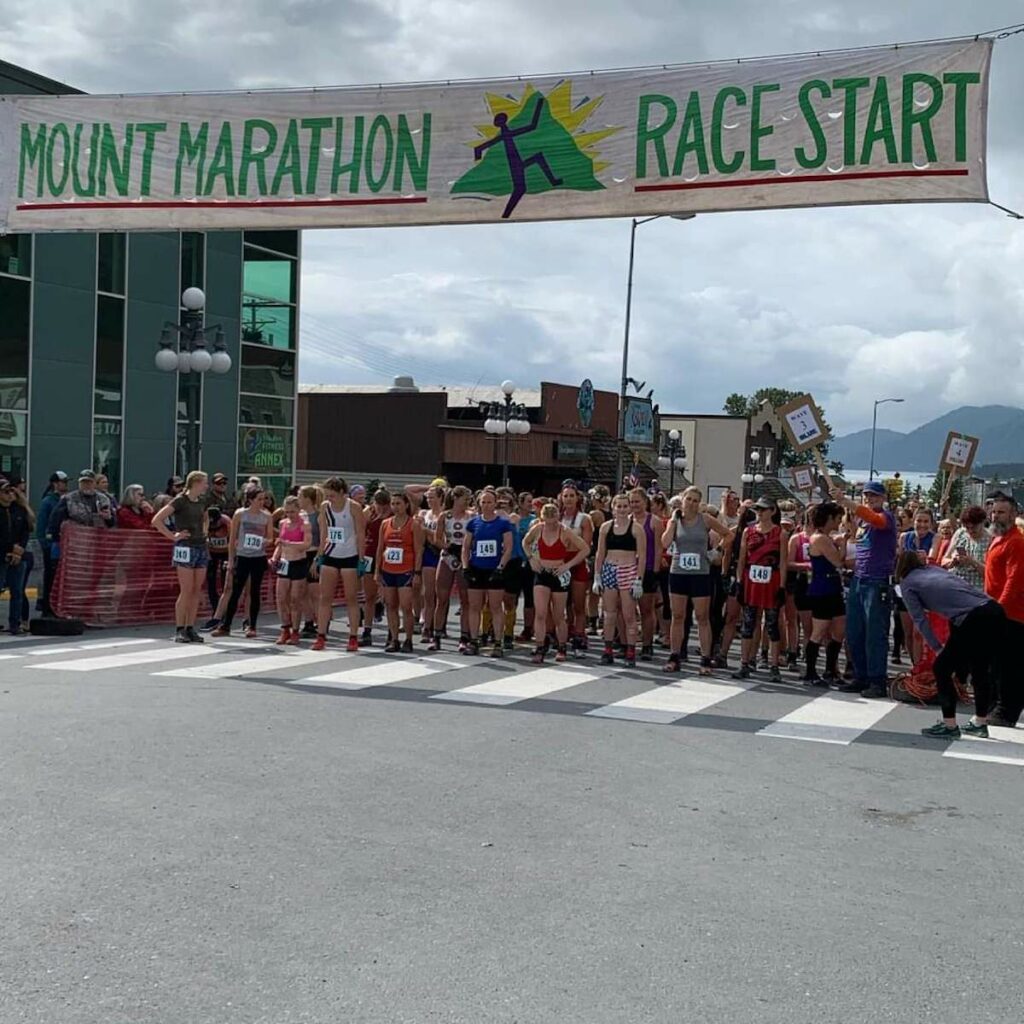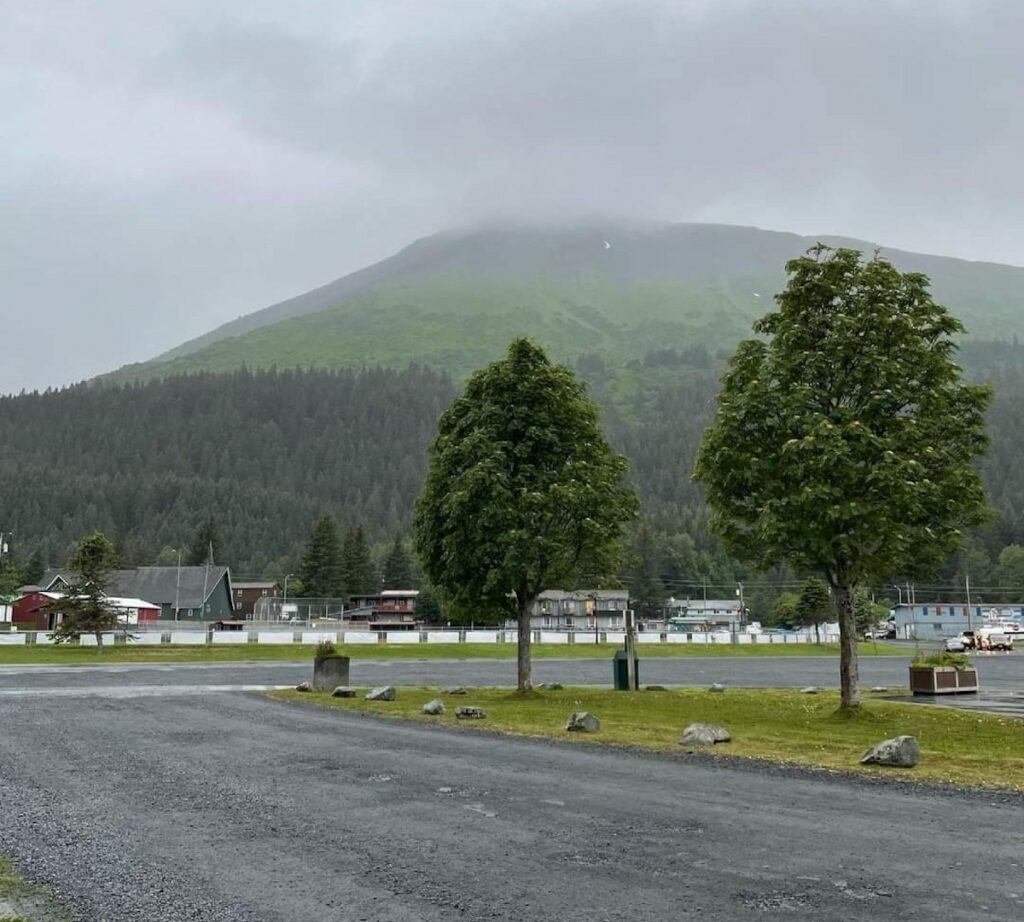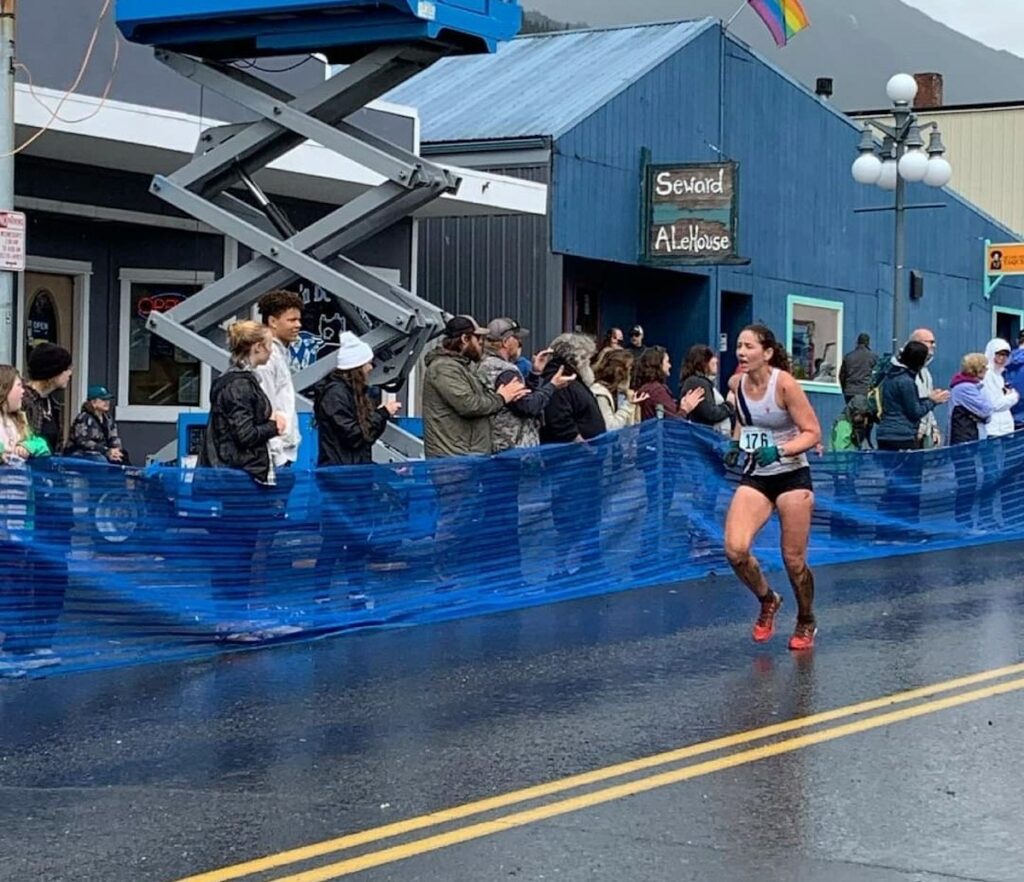My childhood home was full of books. Although we spent most of our time outside, on our 15-acre family farm, for as long as I can remember my dad would read aloud to us at night. This practice instilled a deep love for reading and a hunger for knowledge that can only be found between the pages. We had big books, small books, books of fantasy in far off lands, like the Chronicles of Narnia and The Lord of the Rings, in addition to the World Book Encyclopedia, and how-to books such as Square Foot Gardening and Keeping Goats. There was one book that caught my eye at a young age, it was a tall, slender, clean looking book with glossy photos of a fascinating fantasyland; that land was Alaska.
Fast forward to college where I studied Earth Science and Geography, had taken up running for fun, and continued to be enamored with reading and learning about the natural world.
During my junior year, I was itching to head somewhere out of town for a summer job (I attended college 15 minutes from my parents’ house), so I began searching for jobs. As I looked, I slowly homed in on both the geographical and topical areas I would like to go and a job in Homer, Alaska popped up. It was a seasonal position as a naturalist, and I jumped at it. The experience of working and living in Alaska played a large role in shaping who I am today.
I lived alone in a dry cabin (no plumbing!) and so when the opportunity to go on a road trip with newfound friends to Seward for July 4th was presented, I was all in! We all piled into a car with not quite enough seat belts and drove the scenic 3+ hour drive over to Seward.

Seward on July 4th is the place to be in Alaska. The town spills over as thousands of Alaskans and people from all over the world swarm the streets, bars, and campgrounds. Leading up to the 4th, the festivities begin with a street fair and a parade, but Mount Marathon, the main act, takes place on Independence Day itself.
Mount Marathon began as a bar bet between two sourdoughs debating whether one could reach the summit and be back in town in under an hour. During that first race it took 1 hour and two minutes for the winner to complete the roundtrip. In 1915, the first official race was held, and in 1985 an official women’s category was added. Over the years the numbers have grown from a 200-racer cap to 375, per gender. There is also a youth race now that runs halfway up the mountain and back.
I arrived in Seward not knowing what to expect. I figured we’d watch the parade, tour the town, head to the Yukon Bar (the local watering hole), and watch, or rather listen to the fireworks since the sun does not really go down far enough for them to be visible during that time of year. What I witnessed that day was one of the most impressive tests of human strength and grit I had ever seen. I was completely hooked. I learned that Mount Marathon was not a marathon at all but a gritty mountain race starting from town and running up the nearby “Mount Marathon ” before turning around and “running” back down, sometimes in a practically free-falling, scree sliding descent. The total distance is 3 miles, the total elevation gain is just shy of 3000 feet. We had binoculars with us and were able to peer up at the mountain and watch the runners ascending and descending like an army of galivanting ants. People crossing the finish line were bloodied, muddied, and beat. It was not quite like anything I’d ever witnessed, and I knew at that moment that I had to run this crazy race.
Fast forward to 2017 when after 7 years in the lottery, I had finally gained entry into the race. Running the race that year was one of the most memorable things I have ever done, and what I thought would be a one and done quickly turned into a “I can’t wait until next year!” I have been back every year except 2020 (canceled due to covid) and I don’t see myself stopping anytime soon. Even if you’re one of those runners who doesn’t even give a 5k a thought, I highly recommend putting Mount Marathon on your bucket list! It’s the gnarliest, most fun 5 kilometers you’ll ever run.















